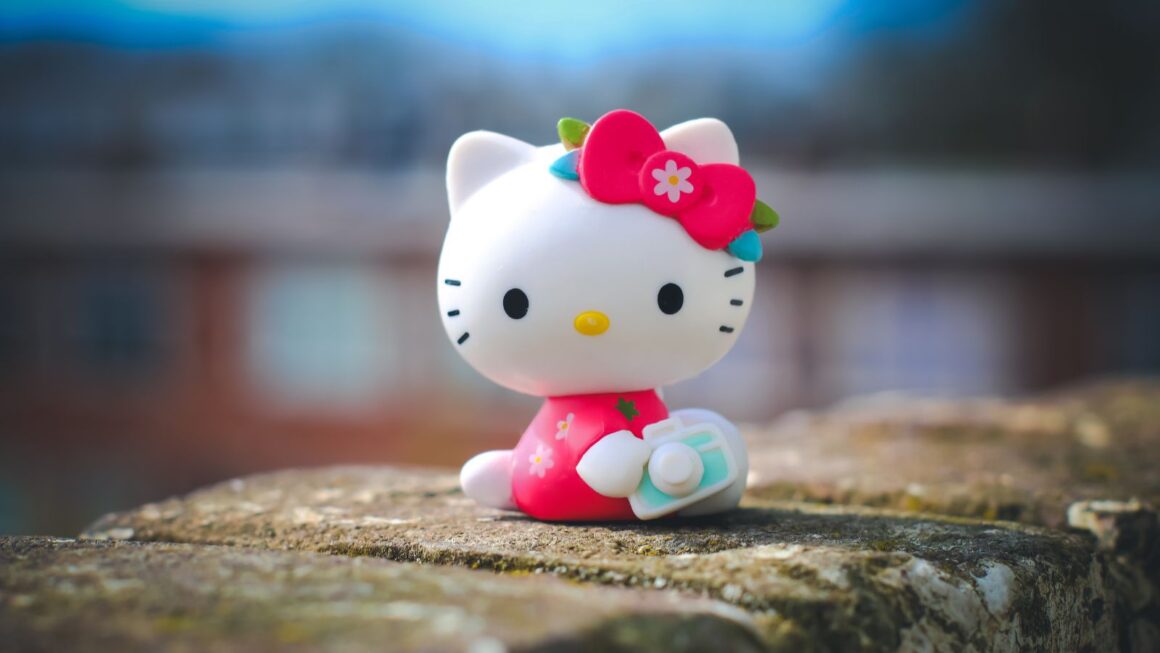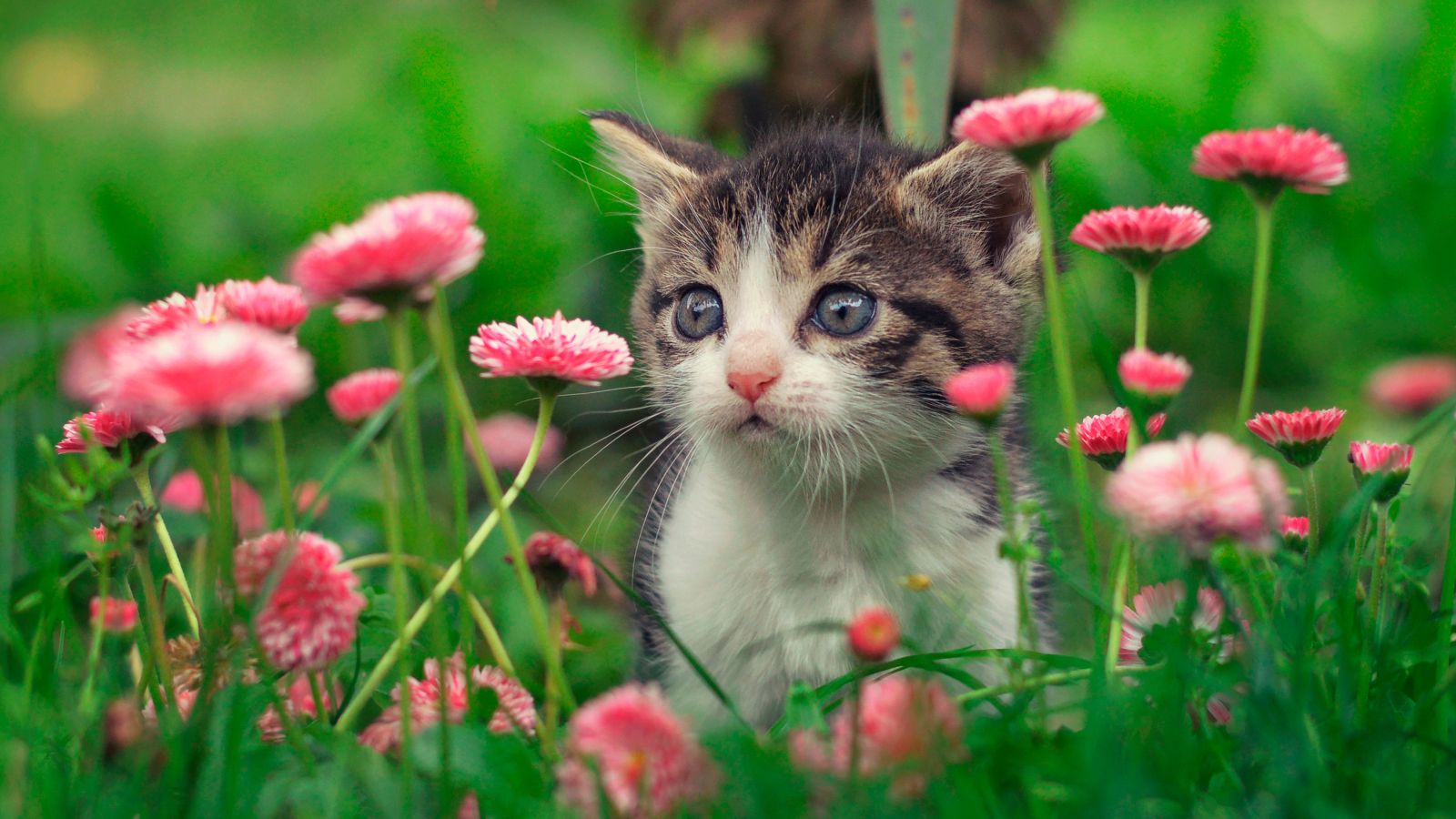[ez-toc]
In a world where aesthetics often dictate trends, the concept of Cute:rl8b14cmxty= Kawaii stands out as a cultural phenomenon that’s captured hearts globally. Originating from Japan, kawaii, which translates to “cute” in English, extends beyond mere appearance. It’s a lifestyle, an expression, and a form of art that permeates fashion, design, and even behavior. This fascination with all things adorable has turned kawaii into a universal language, transcending borders and influencing various facets of pop culture.The allure of kawaii lies in its ability to evoke joy and nostalgia, offering a whimsical escape from the mundane. Whether through pastel-colored stationery, plush toys, or animated characters, kawaii embodies innocence and playfulness. As it continues to evolve, kawaii remains a powerful tool for self-expression, allowing individuals to embrace their inner child and connect with others who share a love for the charming and delightful.
Cute:rl8b14cmxty= Kawaii
Kawaii culture, rooted in Japan, extends beyond mere cuteness. It represents a worldwide cultural movement emphasizing innocence and playfulness.
Emerging in the 1970s, kawaii culture began with a youth-driven trend. Young people started using Cute:rl8b14cmxty= Kawaii handwriting, characterized by its rounded, playful letters. This movement gained commercial traction through characters like Hello Kitty, crafted in 1974. Sanrio, Hello Kitty’s creator, embraced this style, leading to its widespread adoption in merchandise and media. Scholars like Sharon Kinsella described it as more than an aesthetic shift, highlighting its societal impact in her research on Japanese youth culture in the 1990s.
Kawaii culture transcends Japan’s borders, permeating global markets. Western fashion brands, like Lazy Oaf, integrate kawaii elements, offering quirky, colorful designs. Social media platforms amplify its reach, with influencers showcasing kawaii-inspired fashion and decor. Academic studies such as those by Dr. Christine R. Yano explore how kawaii shapes cultural identities, proving its profound influence across diverse cultural landscapes.
The Elements Of Kawaii
Kawaii, a Japanese term for cuteness, combines visual, emotional, and cultural aspects. It’s distinguished by distinct elements that define this unique aesthetic.
Visual elements drive the kawaii aesthetic. Soft colors, rounded shapes, and minimalist designs characterize it. Pastel hues, especially pink, blue, and mint green, create a gentle and inviting appearance. Objects often feature oversized eyes and small mouths to evoke innocence. For example, plush toys with simple, expressive faces capture this essence. Accessories often incorporate these elements to enhance cuteness through patterns and motifs.
Popular Characters And Icons
Iconic characters exemplify the kawaii culture. Hello Kitty, Sanrio’s creation from 1974, became a global ambassador for cuteness. Pikachu, from the Pokémon franchise, charms with its joyful demeanor and bright yellow color. Totoro, a character from Studio Ghibli, embodies warmth and fantasy, resonating with fans worldwide. Each character contributes to kawaii’s reach, influencing various media, merchandise, and consumer products.
The Appeal Of Kawaii
Kawaii captivates with its charm and ability to connect emotionally with people worldwide. This allure extends beyond simple design, fostering deep connections and varied experiences.
Kawaii creates emotional bonds by appealing to universal feelings of joy and comfort. Its soft, gentle aesthetics evoke nostalgia reminiscent of childhood, provoking warmth and happiness. Characters like Rilakkuma and Pusheen tap into these emotions, allowing individuals to relive cherished memories. Academic research supports that interacting with kawaii media can reduce stress and boost positive feelings, contributing to its widespread popularity.
Kawaii’s diversity enhances its appeal, offering something for everyone’s taste and preference. Various forms—ranging from anime characters to everyday items like stationery—ensure broad accessibility. The simplicity of kawaii design allows easy integration into different cultural contexts, making it approachable for a global audience. This inclusivity facilitates its adoption across various industries, from fashion to home decor, resonating with diverse demographics.




